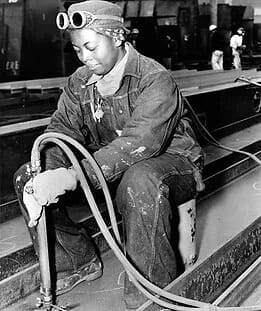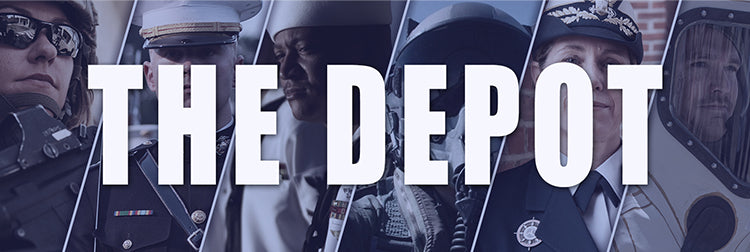
Black Rosies: 3 Facts About African American Women in WWII
There are images that come to mind when one thinks of World War II. Marines raising the flag over Iwo Jima, soldiers landing in France on D-Day, and Rosie the...
Blog Staff |
ARMED FORCES SUPER STORE 1-877-653-9577 | 8 - 7 CST MON-FRI



There are images that come to mind when one thinks of World War II. Marines raising the flag over Iwo Jima, soldiers landing in France on D-Day, and Rosie the...
Blog Staff |